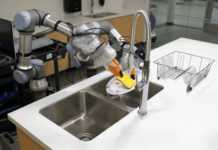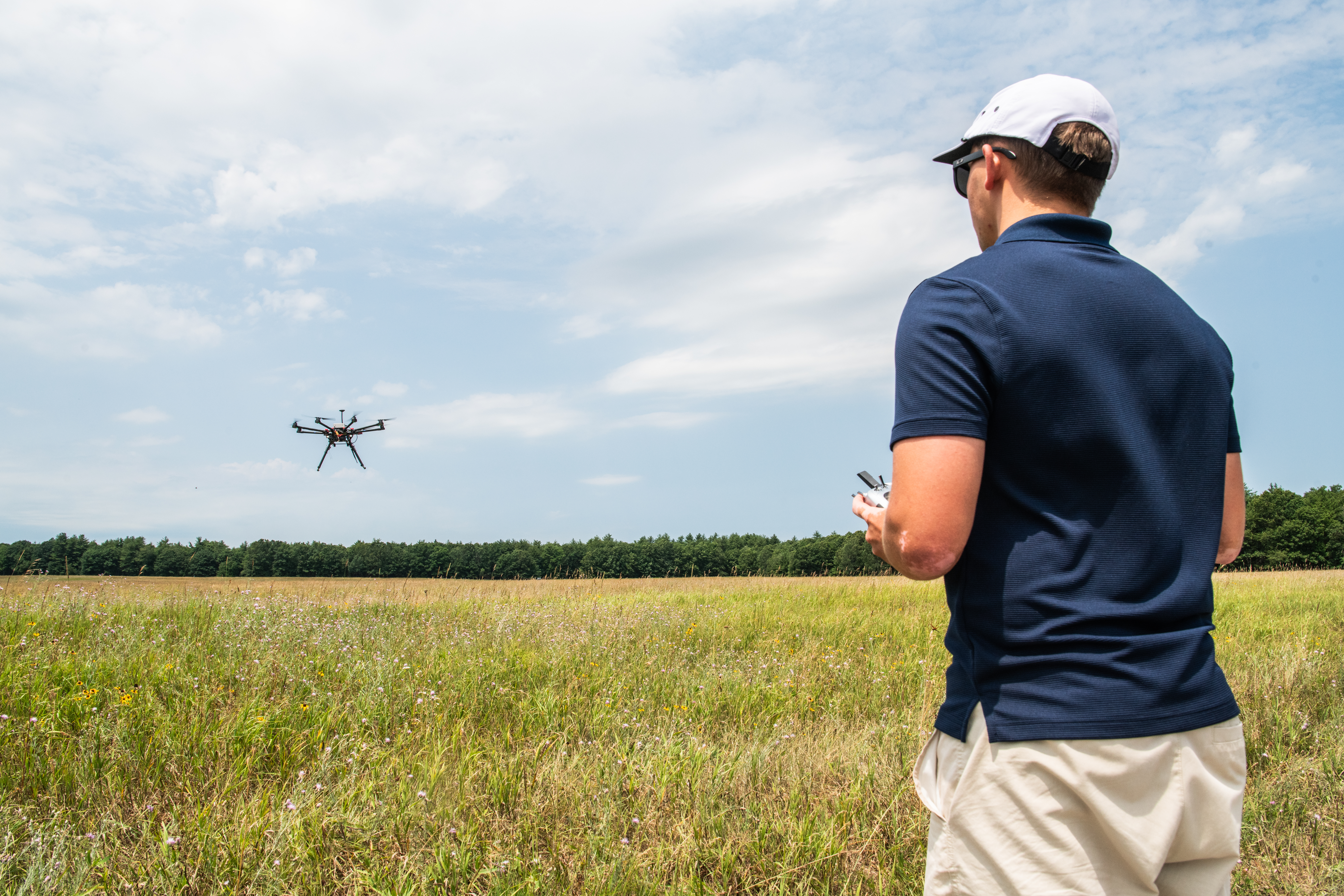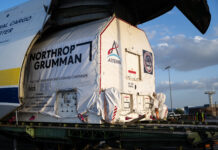In recent years, the use of drones has expanded across various sectors, ranging from agriculture and law enforcement to entertainment and disaster management. As these unmanned aircraft systems become more prevalent, there arises an essential need for robust safety management systems that can ensure their safe operation amidst increasing air traffic.
NASA is at the forefront of this innovation, diligently working on a new software system designed to enhance drone safety by predicting potential hazards before they materialize. This cutting-edge system, known as the In-Time Aviation Safety Management System (IASMS), is engineered to monitor, assess, and mitigate airborne risks in real time. However, to validate its effectiveness, extensive testing is required, involving simulations and drone flight trials to evaluate how its components function synergistically.
Michael Vincent, NASA’s acting deputy project manager with the System-Wide Safety project at NASA’s Langley Research Center in Hampton, Virginia, provides insight into the system’s functionality. He explains, “If everything is proceeding as planned during your flight, the in-time aviation safety management system operates unnoticed. However, in the event of an unusual circumstance, such as a loss of navigation or communication, the IASMS promptly alerts the drone operator.”
Recently, a pivotal simulation was conducted at the Human-Autonomy Teaming Laboratory at NASA’s Ames Research Center in California’s Silicon Valley. This exercise, executed on March 5, focused on evaluating how the critical components of IASMS could be applied in operational scenarios, specifically targeting hurricane relief and recovery.
During the simulation, 12 drone pilots undertook three 30-minute sessions managing up to six drones flying beyond their visual line of sight. Their mission was to deliver supplies to residents stranded by a severe hurricane. Concurrently, additional drones were tasked with scripted search and rescue operations and levee inspections. Researchers meticulously gathered data on pilot performance, mission success, workload, and user experiences, assessing the system’s overall usability.
This simulation is not an isolated event but part of a broader, long-term strategy by NASA to advance this revolutionary technology. Insights gleaned from this study will play a crucial role in preparing for the project’s hurricane relief and recovery flight tests, slated for 2027.
In the summer of 2024, NASA conducted further tests of the IASMS in collaboration with the Ohio Department of Transportation in Columbus, Ohio. Additionally, NASA partnered with three university-led teams to expand the scope of the testing. For the Ohio Department of Transportation tests, a drone equipped with the NASA-developed IASMS software relayed data back to NASA Langley, providing researchers with valuable input on the system’s performance.
Further studies were conducted with The George Washington University, the University of Notre Dame, and Virginia Commonwealth University at various locations, including the U.S. Army’s Fort Devens in Massachusetts, near South Bend, Indiana, and Richmond, Virginia, respectively. Each test session involved different drone types, flight scenarios, and operators, ensuring a comprehensive evaluation of the system’s capabilities.
The diverse range of testing scenarios included missions such as navigating through a wildfire or delivering packages in urban settings. Depending on the mission or flight environment, a tailored version of the IASMS was deployed to optimize performance.
The integration of IASMS with other systems, such as NASA’s Unmanned Aircraft System Traffic Management, could potentially revolutionize routine drone flights within the U.S. by adding an extra layer of safety. This system ensures that drones remain reliable and trustworthy, especially when operating over populated areas, by staying on course and avoiding potential hazards.
“There are multiple stakeholders involved in ensuring drone safety," Vincent elaborates. "This includes the drone operator, the design and manufacturing company, the operating company, and the Federal Aviation Administration, which oversees the entire National Airspace System. The ability to monitor, assess, and mitigate risks in real time significantly enhances the security of these operations.”
All these initiatives are spearheaded by NASA’s System-Wide Safety project under the Airspace Operations and Safety program. This effort supports NASA’s Advanced Air Mobility mission, which aims to provide data that will guide the development of electric air taxis and drones within the industry.
The advancements in drone safety management herald a new era of air mobility, promising not only increased efficiency and capabilities but also heightened safety and reliability. As these technologies continue to evolve, they hold the potential to transform numerous industries, offering innovative solutions to complex challenges. For more information, you can visit NASA’s official page on these initiatives here.
This comprehensive approach to drone safety management is essential as we move towards a future where drones play a pivotal role in everyday operations across various sectors. The continuous research and development by NASA and its partners underscore the commitment to creating a safer airspace and unlocking the full potential of drone technology.
For more Information, Refer to this article.


































